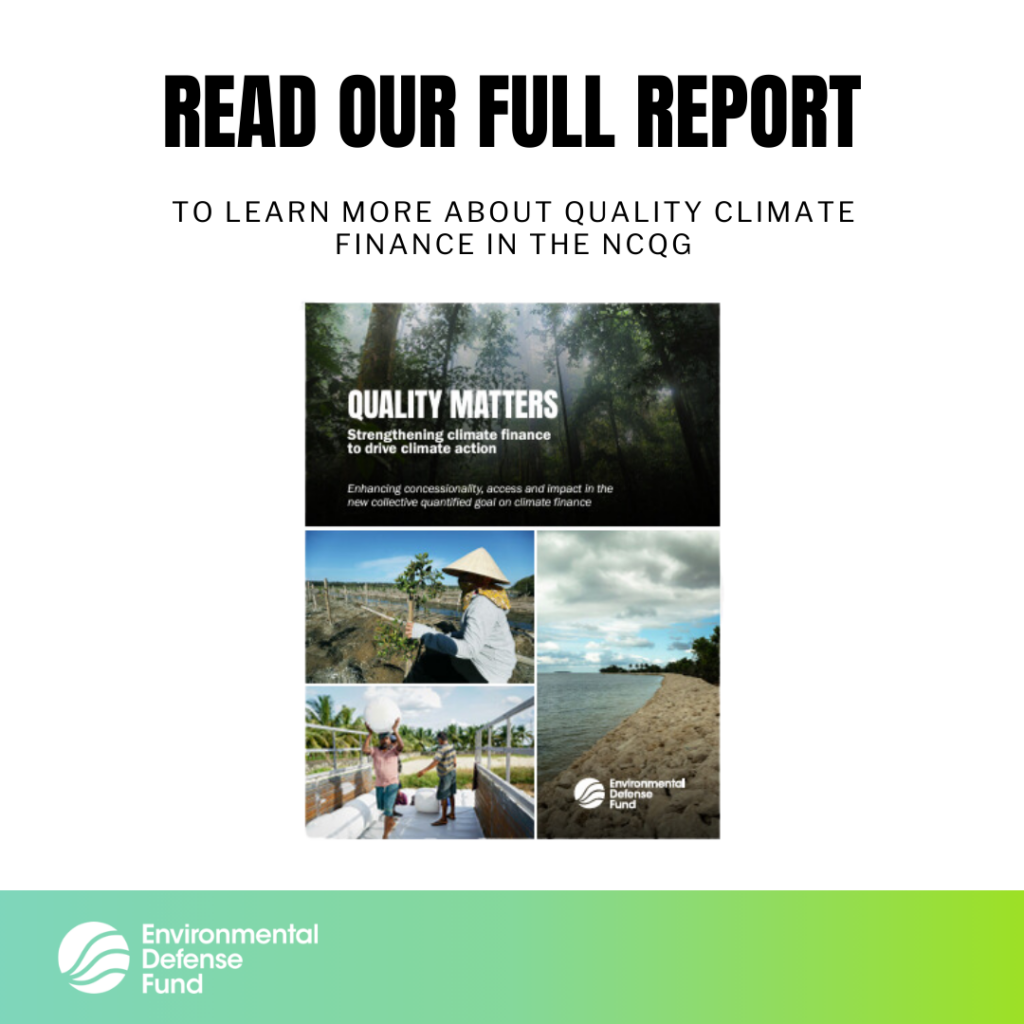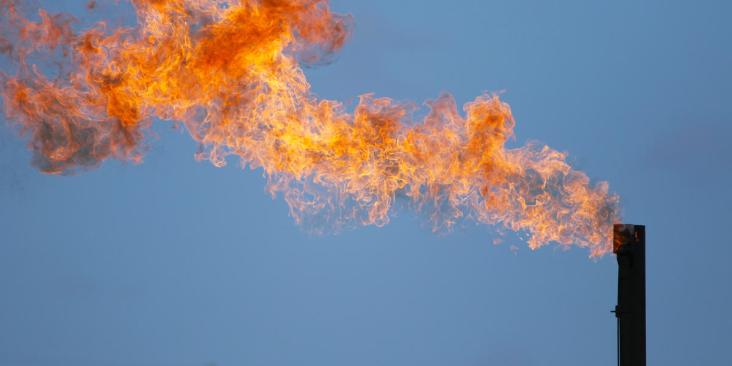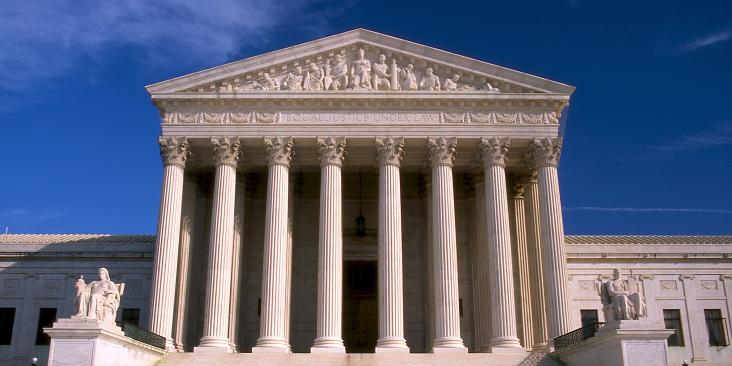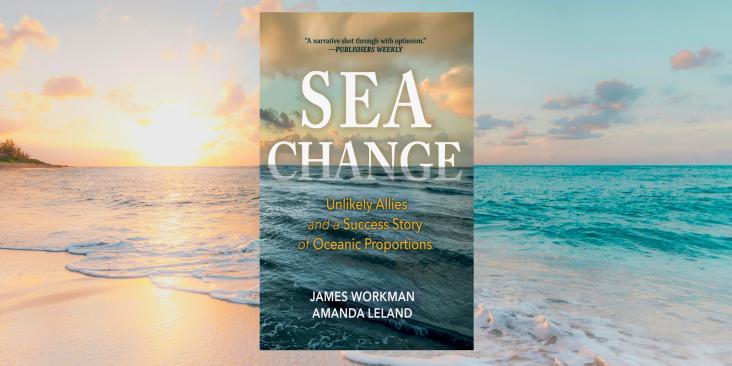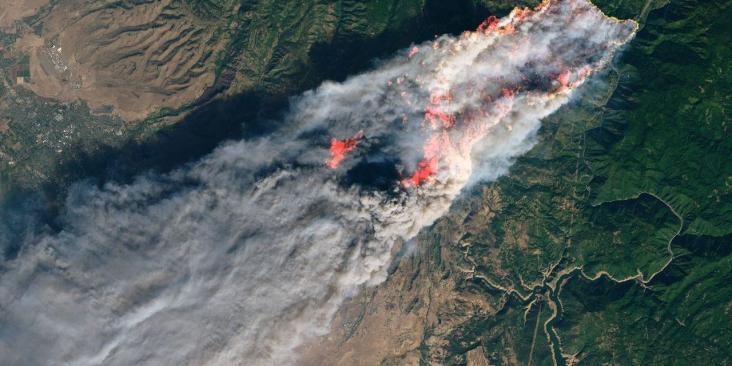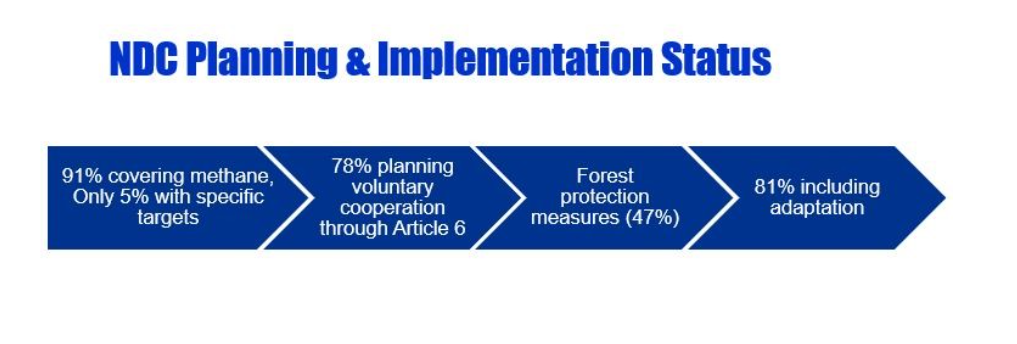As we approach the United Nations climate talks, COP29 in Baku, Azerbaijan, UN agencies have published several reports highlighting both our progress to-date and the gaps in global climate action. The findings are concerning, but unsurprising: countries’ current climate plans, called Nationally Determined Contributions (NDCs), have a long way to go.
To keep global temperature rise below 1.5°C, we need to see a 42% reduction in emissions by 2030 compared to 2019 levels – while current NDCs would only lead to 5.9% cut. But there is good news. Countries are currently writing new plans for climate action, to be submitted in 2025. Updated NDCs offer an opportunity to course correct, and turn ambitious targets into real action.
But new targets alone aren’t a silver bullet. For countries to successfully set and implement aggressive plans, they will need climate finance to back them up. And alongside getting more money to where it is most needed, we also need to ensure that the money is quality: that countries can depend on fair, accessible and impactful finance to help them deliver results.
In EDF’s new report ‘Quality Matters: Strengthening Climate Finance to Drive Climate Action,’ we have identified key reforms to the international climate finance system which can better enable countries to transform their NDCs into real action and put us back on track to meet the Paris Agreement goals.
Finance as a Key to Action and Implementation
According to the UNFCCC’s new NDC Synthesis Report, most Parties to the Paris Agreement say that finance is mission-critical to turning their NDCs into real action. 91% of Parties include specific information on finance in their NDCs, and 69% acknowledge that international climate finance is necessary to meet targets. Moreover, 76% of Parties identify stronger capacity building as key for implementation, which includes support in accessing climate finance. Many NDCs also include targets which are conditional upon receiving international financial support, meaning their goals can’t be met without the money.
Financial support for climate action is especially important for developing countries, where underlying barriers can make climate action more expensive and challenging. For example, the costs of building a solar project in African countries is two to three times higher than in developed countries, due to high risk and low credit ratings. Additionally, more than half of low-income developing countries are currently facing some degree of debt distress, which can trap them in a vicious cycle of rising interest payments, less money to dedicate to climate action, and persisting vulnerability to climate disasters.
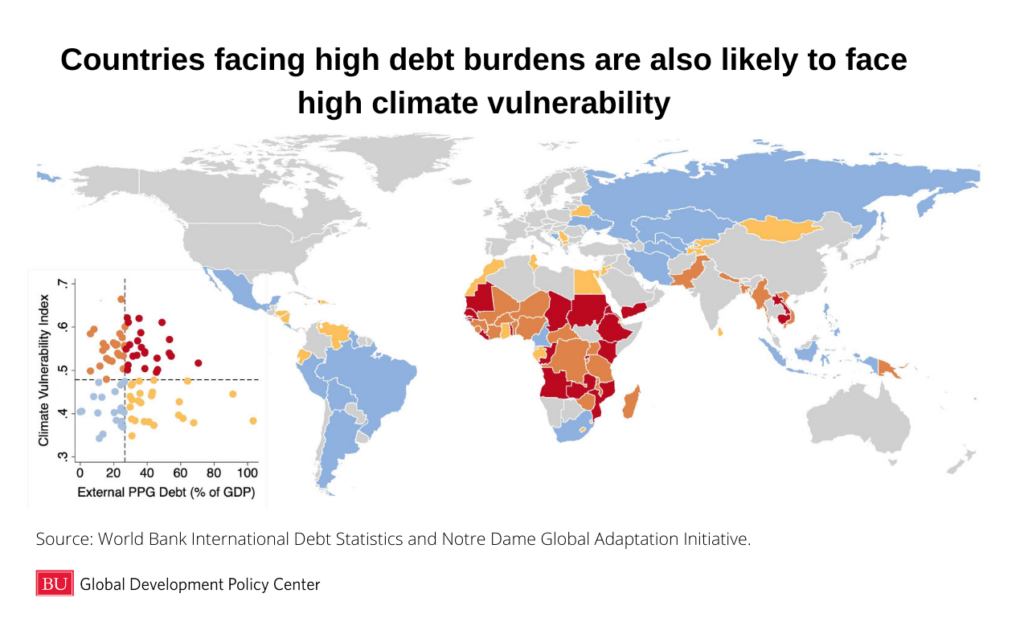
[source: https://www.weforum.org/agenda/2021/06/5-ways-align-debt-climate-development-goals/]
The cost of climate action in developing countries is estimated to reach $2.4 trillion annually by 2030 – and NDCs have room for improvement in detailing just where that money needs to go. Just 46% of Parties provide quantitative estimates of their financial support needs, and these needs are often expressed simply as “total amounts over the time frame of the NDC.” This lack of specificity can make it a challenge to properly align finance flows – domestic and international – with climate solutions.
Quality Finance can Enable Ambitious NDCs
For developing countries to implement their NDCs, they will require significant financial support from donor countries and multilateral institutions. Unfortunately, current international climate finance flows often fall short – finance can be inaccessible, ineffective, or overly burdensome for countries that need it most, inhibiting their ability to meet their climate objectives.
For example, in recent years only 23% of climate loans from Multilateral Development Banks (MDBs) to developing countries were concessional, meaning they had more favorable terms than market loans. Higher proportions of non-concessional finance can drive up debt burdens and risk of economic instability, reducing the effectiveness of climate finance. Funding also often fails to reach local communities, and there is a lack of evaluation of impact when it does.
These concerns have dangerous repercussions for the upcoming NDC updates – if countries lack trust that finance will be available or affordable, they may preemptively limit their ambition as they revise plans. Accordingly, climate finance must be high-quality to effectively support NDCs and deliver climate action.
EDF’s new report presents key metrics of climate finance quality, including concessionality, or the terms of delivery of finance; access, or how easily finance can be secured and utilized; and impact, or how well finance results in measurable, positive outcomes. These quality considerations need to be incorporated into the New Collective Quantified Goal (NCQG) on climate finance at COP29, which will help scale resources for climate action in developing countries.
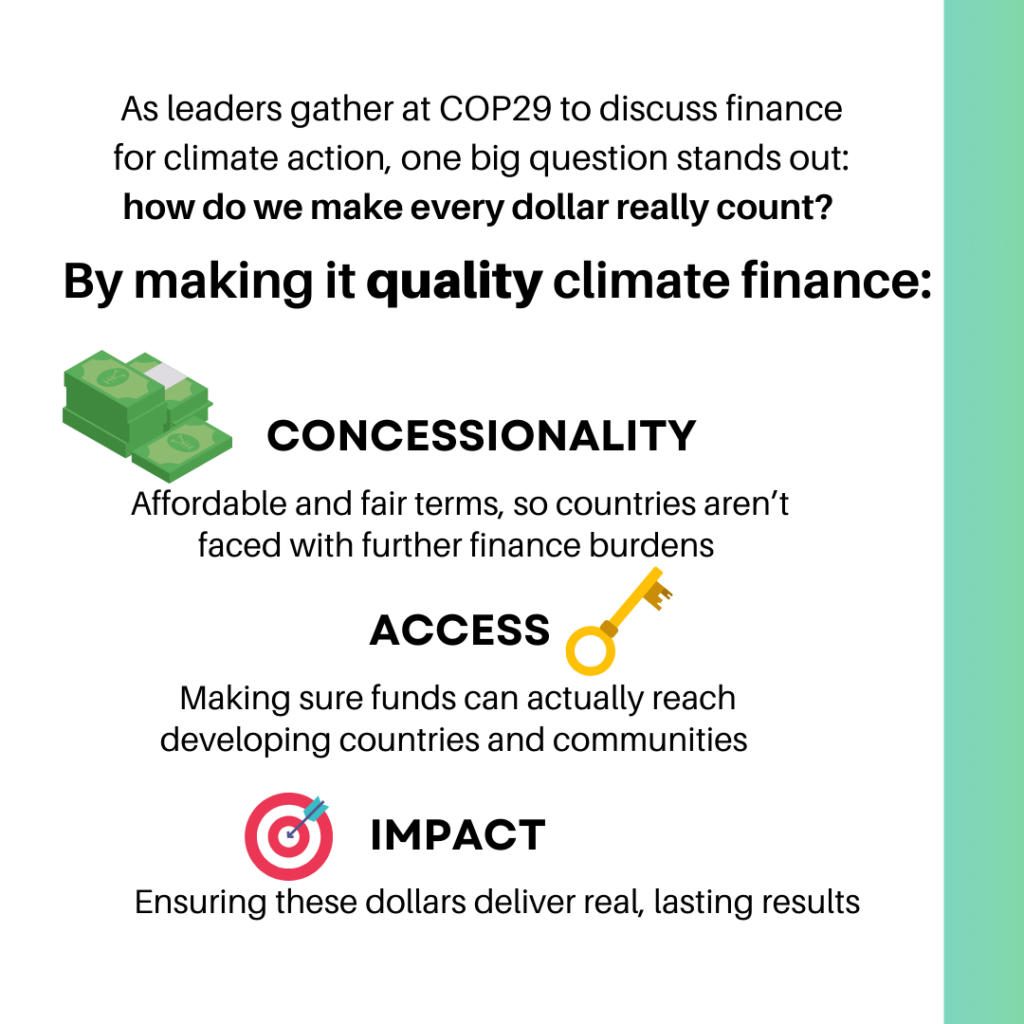
Multilateral institutions will also play an important role in improving the effectiveness of finance. They must do more to improve access to resources and mobilize private investment in support of climate objectives to enable successful NDCs. These institutions can also align quality finance directly with the NDC process, by supporting countries with NDC investment planning approaches. Multilateral institutions should help countries to integrate climate objectives directly into national planning and budgeting processes, realign existing financial flows toward climate action, and create clear pipelines of bankable projects that support NDC targets.
By improving the quality of finance, both through the NCQG at COP29 and structural reform beyond, we can encourage more ambitious NDC updates in 2025 and ensure that countries can successfully implement their plans.
